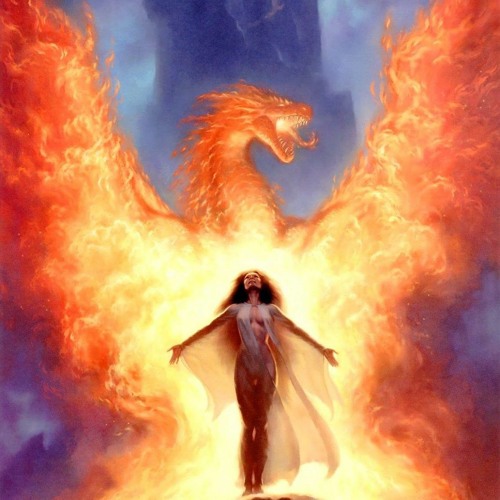Who is the Ezer Kenegdo, and what is her place among the Creation Stories? To first understand the Divine Role of women, one must first take a look at what Elohim called her”
Genesis 2:18
“And the LORD God said, It is not good that the man should be alone; I will make him an help meet for him.”
The term Help Meet is a gross mistranslation of the role of the Feminine. The proper term is Ezer Kenegdo written in Hebrew as עֵזֶר כְּנֶגְדּוֹ. It is also noted that this is the only time that this word appears in the Torah in its entirety, and is exclusive to the woman. It signifies God’s plan for the woman, the foundation laid at the beginning.
The Hebrew is אזר ‘ezer (Strong’s 5828), as in ‘eben-ezer, ‘stone of help’ or Ezra ‘help’. אזר ‘âzar (Strong’s 5826) in the Old Testament extends to some 80 occasions, generally of military aid, help from a position of supply or strength. In other instances, the term is used to infer salvation or support. This should inform the reader that the role of the Woman was not created as inferior nor superior, but instead provided assistance, stability, aid, support, strength, and rescue to one who by no other method could achieve or fulfil a Divine Task.
Reader: Deut. 33:29 Happy H835 art thou, O Israel: H3478 who is like unto thee, O people H5971 saved H3467 by the LORD, H3068 the shield H4043 of thy help, H5828 and who is the sword H2719 of thy excellency! H1346 and thine enemies H341 shall be found liars H3584 unto thee; and thou shalt tread H1869 upon their high places. H1116
In this instance, it is our Elohim that is serving the aid to the children of Israel. Yet this does not conclude that our Elohim is inferior. Instead, it is significant to note here that without the intervention or aid of our Elohim, that Israel would have surely been lost.
The Hebrew Description of Genesis 2:18 Should actually read in Hebrew:

Genesis 2:18
The Hebrew Interpretation of this verse should be interpreted as: “I will make him for him a helper as in front of him”. The phrase ‘as in front of him’, kenegdô, occurs only here and in v.20, and suggests correspondence, with the new creation (woman) being neither inferior nor superior, but equal. The substantive, neged, means ‘that which is conspicuous, in full view of, in front of’, the related noun, nagid, means a ‘ruler’ or ‘prince’, and the verb, nagad, means to ‘declare, tell, expound, reveal, announce. So what does this tell you about Divine Balance?
What does it mean “in front of”?
It is reflective. She, the Isha is his counterbalance and his reflection that stands opposite of him. This is part of the Divine balance of YHWH. Feminine and Masculine Energy are at opposite parts of the spectrum, but opposite does not necessarily mean opposing.

She stands in front of him, facing him, but is designed to work harmoniously with him. She works as his strength, aid, and balance. Therefore it is erroneous to think that her design is one of inferiority. This line of reasoning, which stresses full equality, is continued in Genesis 2:23 where Adam says of Eve, “This is now bone of my bones and flesh of my flesh; she shall be called ‘woman,’ for she was taken out of man.” The idiomatic sense of this phrase “bone of my bones” is a “very close relative” to “one of us” or in effect “our equal.” However, she can be dynamically opposed to him if he is not just or righteous resulting in a contentious manner. This is by creative design, and not necessarily out of wickedness. She becomes his contender and can pronounce judgment on him. This behavior is widely accepted as being a “contentious woman”.
It is important to note at this time that it is not the true nature for a woman to be contentious. Her original design as nurturer and protector does not reflect this fact. However, should a woman be viewed as becoming “contentious” than her actions are a direct reflection of a past hurt, pain, or judgement of her counterpart.
Reference: Rize of The Ezer Kenegdo: The SPiritual Awakening of the Black Woman

